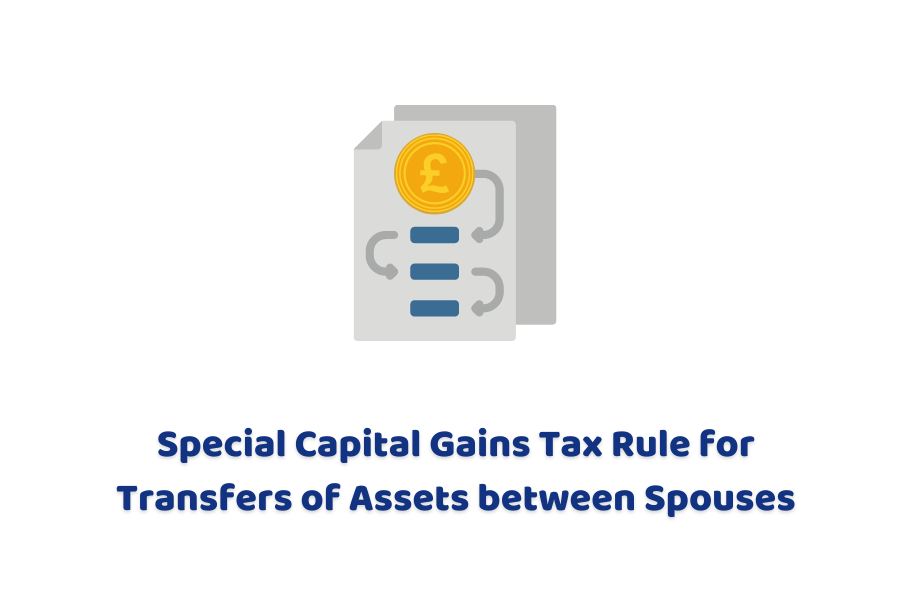Although married couples and civil partners are assessed individually for capital gains tax purposes and each has their own annual exempt amount, a special rule allows them to transfer assets between them at a value that gives rise to neither a loss nor a gain. This can be very useful from a tax planning perspective. The special rule applies only where the spouses or civil partners are living together or, where they separate, until the end of the tax year of separation.
Operation of the Rule
For the purposes of the rule, any actual consideration that may pass between the spouses or civil partners is ignored. Instead, the amount of the consideration is deemed to be the amount that gives rise to neither a gain nor a loss. This will be the:
- original cost of the asset; plus
- any subsequent allowable costs.
Example
Sue and Simon have been married for 27 years. Sue purchased a painting ten years ago for £10,000. She spends £500 having the painting re-framed.
She sells it to Simon for £3000.
However, as the no gain/no loss rule applies, the actual consideration is ignored, and Sue is deemed to have sold the painting to Simon for £10,500. Rather than making a loss of £7,500 had the actual consideration been used, she breaks even. The deemed proceeds are £10,500, and the original cost plus subsequent allowable expenditure is also £10,500.
Sue is, however, unable to utilise the actual loss. Likewise, had the actual consideration been in excess of the allowable cost, she would not have been taxed on the gain.
Simon takes on Sue’s base cost, standing in her shoes for any subsequent disposal.
Making Use of the Rule
The rule can be useful to change ownership of an asset prior to sale to make best use of available annual exempt amounts by transferring and asset, or a share of an asset, to a spouse or civil partner prior to sale.
Example
Sue and Simon decide to sell the painting in October 2021, having secured a buyer who is willing to pay £20,000 for it. In May 2021, Sue sold an antique vase, realising a gain of £13,000. David has not made any disposals in 2021/22, and has no plans to do so.
As Sue has already used up her annual exempt amount for 2021/22 of £12,300, if she were to sell the painting, the gain of £9,500 would be liable to capital gains tax in full. If Sue is a higher rate taxpayer, she would pay capital gains tax of £1,900 on the gain on the painting (£9,500 @ 20%).
However, as Simon still has his annual exempt amount available, if they make use of the no gain/no loss rule to transfer the painting to Simon prior to sale, with Simon then selling it to the third party, the gain of £9,500 would be covered by Simon’s annual exempt amount and the whole gain would be tax-free.
Partner note: TCGA 1992, s. 58.

